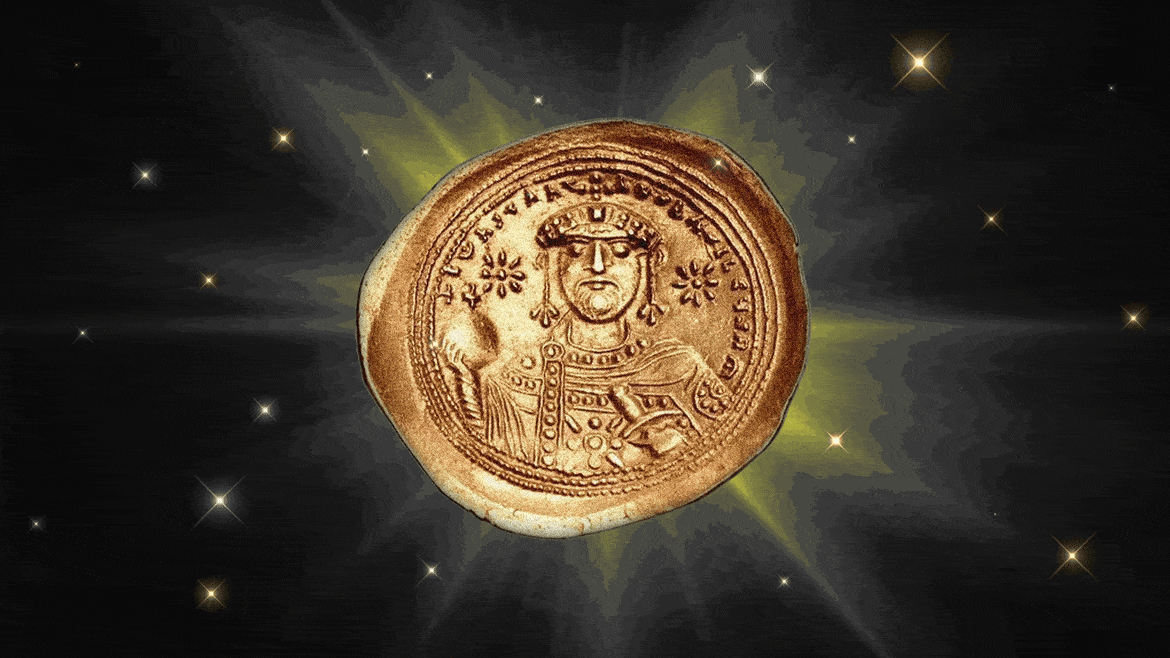Photo Illustration by Elizabeth Brockway/The Daily Beast/Getty/cngcoins.com/ Filipovic et al.
In 1054 residents of our planet were treated to an uncommon sight. A strange light exploded and lit up the sky. For no fewer than twenty-three days the explosion—caused by a star running out of fuel and blowing up—was visible in the sky. For several hundred nights after the event the supernova was still visible in the sky. Stargazers from around the globe commented on the extraordinary celestial event, but Europe fell strangely silent. As far as contemporary historians were concerned, it never happened. Some have speculated that it was deliberately erased from history for religious reasons. But perhaps some hint of the censored event slipped through the cracks. A team of scholars claim to have discovered evidence of the mysterious event hidden in the symbols on a limited-edition gold coin.
The supernova event known as SN 1054 made proverbial headlines around the world. The first naked-eye sighting during the daytime was recorded on 4 July 1054 in East Asia. By mid-August the brightness of the explosion began to sharply decline with the last nighttime sighting being recorded on 6 April 1056. Astronomers in China, Korean, and Japan commented on the star and scholars have connected Native American paintings from Arizona, an Anasazi petroglyph from New Mexico, and Aboriginal oral traditions to the event.
But in Europe, most agree, the archival evidence is negligible. The celebrated astrologer Ibn Butlan, who was in Constantinople during the explosion, only announced it once he left his well-compensated position and returned to Cairo. Part of the reason for Europe’s silence on this event, scholars have speculated, was the theological problems that astrology and the star represents. Europe was not always silent on astrological events—SN 1006 was recorded in numerous documents—but clearly there was something different about this potential portent.

